In this article, you will get to know all the hacks to recover faster. So buckle up and let’s get started.
If you ask any athlete if they’ve ever been injured while playing their sport, the chances are slim that they say no. A solid strength and conditioning program can do amazing things, including reducing the risk of injury, but it doesn’t prevent it from happening completely. Injuries are something that can happen at any point, in any sport.
Injuries can even happen when you’re not playing a sport. I’ve sprained one ankle in a minor car accident and another one just by walking (who put that curb there?!). I have broken many toes by stubbing them on furniture and even fractured a pinky by slamming it in a car door.
As an orthopedic doctor will tell you, rest is almost always the best cure for healing injuries. I’ve had many athletes post-injury ask me “is there anything I can do, eat or take to heal faster?”. This post is my response to that question.
The following is a list of things you can do to help your body heal while you’re forced to cheer on your teammates from the sideline.
1. Do not diagnose yourself on the Internet.
For major injuries, this is a no-brainer – go to a doctor ASAP. For minor injuries that are not life-threatening and are more annoying than painful like a sprain or torn muscle, going down the rabbit hole of Google, Reddit or YouTube is NOT recommended. Why? Because A.) the information is not always factual or consistent from source to source, B.) the author’s experience and body are different than yours, and C.) there are a lot of unqualified people posting things on the Internet just to get clicks.
If you have decreased range of motion, bruising, are in pain for more than a few days and have inflammation that doesn’t go away, get to a doctor for their professional opinion. It’s one thing to do some research to learn more but do not diagnose yourself without the help of a medical professional!
2. HYDRATE.
Every single cell in your body needs water to function at it’s best, and when your healing you want every cell in your body functioning at it’s best. If you’re in a state of healing, aim to drink at least a gallon or more of water. Being hydrated also helps transport essential nutrients to cells that need it most – like those in your injured tissues.
Also Read: 4 Easy Ways to Maintain Fluid and Electrolyte Balance
Start hydrating as soon as you get out of bed in the morning and stop drinking water at least an hour before you fall asleep. Your body also needs as much high-quality sleep as possible so it’s counterproductive if you’re getting up every hour during the middle of the night to pee.
Keeping yourself hydrated is one of the most important steps in getting a faster recovery.
3. Avoid foods that cause inflammation.
When you’re body is healing, your immune system is working hard to reduce inflammation at the site of injury. If you’re consuming foods that cause inflammation, you are preventing your immune system from doing it’s job correctly and could be creating inflammation in other areas of your body. When you’re injured (or recovering from other physical trauma like surgery), this is the time when your immune system most needs your support. Give it a chance to recover faster and don’t make things worse by creating more work for it.
Also Read: 7 Anti-Inflammatory Foods for Optimum Wellness
Everyone’s body responds to foods differently. If you have known food sensitivities or allergies, this is the time to avoid those foods! Some common foods that cause inflammation, and that should be avoided when in a state of healing include:
- Soy
- Table salt
- Refined sugar
- Alcohol
- Excess caffeine
- Vegetable oil, canola oil and other highly processed cooking oils that contain high amounts of Omega-6 fatty acids
- Meat and dairy products that contain nitrates, nitrites, antibiotics and hormones
- Processed foods that contain compounds not derived from nature (i.e. artificial sweeteners, preservatives, texturizers, artificial flavorings, thickening agents)
4. Increase foods that decrease inflammation.
Your body needs assistance with anti-inflammatory foods for the same reason you want to avoid inflammatory foods. You want to support your immune system and give it all the nutrients that it needs to function at it’s best. Do everything in your power to nourish your body with healing foods and foods that contain high amounts of vitamins, minerals, antioxidants, adaptogens, and phytonutrients. Help your immune system and it in turn help you recover faster. Some of the best anti-inflammatory healing foods include:
- Organic and grass-fed beef bone broth
- Dark leafy greens
- Turmeric and ginger
- Healthy fats such as flax seeds, avocado, olives, and fish
- Krill oil
- Organ meats (or supplement with desiccated beef liver pills)
- The highest quality protein you can get your hands on (look for organic, grass-fed, chemical and hormone-free)
5. Supplement with healing herbs and adaptogens.
Healings herbs have the power to help you recover faster. After you’ve addressed all of the things above, you can take your healing up a notch by introducing healing herbs and adaptogens. If you’re trying something you’ve never had before, make sure you’ve run it by your doctor first. Unless your doctor tells you otherwise, I’d recommend starting with a lower dose than prescribed and gradually working your way up. Here are my all-time favorite healing herbs and adaptogens that nourish cells, help the body adapt to physical stress, enhance sleep, promote healing and reduce inflammation:
- Tart cherry juice
- Grass-fed collagen peptides
- Aloe vera juice
- Medicinal mushrooms (especially reishi)
- Rhodiola
- Echinacea
Try my Tart Cherry Recovery Jello Recipe for a hydrating and healing treatments.
Some herbs and essential oils can be used as a topical treatment at the site of injury for bruises, swelling, abrasions, and wounds such as:
- Arnica gel
- Tea tree essential oil (great for rashes and minor skin irritations)
- Roman Chamomile essential oil (soothes skin and supports a healthy immune system)
- Doterra’s Deep Blue Rub (this stuff is magical for sore and stiff muscles!)
- Slippery Elm Bark
6. Soft tissue and mobility work
This recommendation is injury-specific but is often a great way to enhance healing. Physical therapy, massage, acupuncture and self-myofascial releases (SMR) techniques like foam rolling or trigger point can be useful to reduce soreness, stiffness and inflammation, and can also help to preserve your range of motion while you are healing. Make sure to check in with your doctor or sports physical therapist on this one if you’re unsure whether or not soft tissue work would helpful.
Well, this is all I had to say on “How to recover faster?”. I sincerely hope you get better and recover faster and that I have helped you even if a little in your recovery.
Also Read: My Post Volleyball Tournament Recovery Routine
Tell me in the comments if this was a helpful article and if you would like to see some more content on this topic or any other suggestions are also welcome.
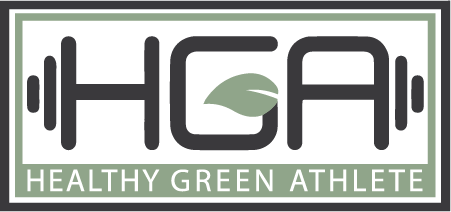
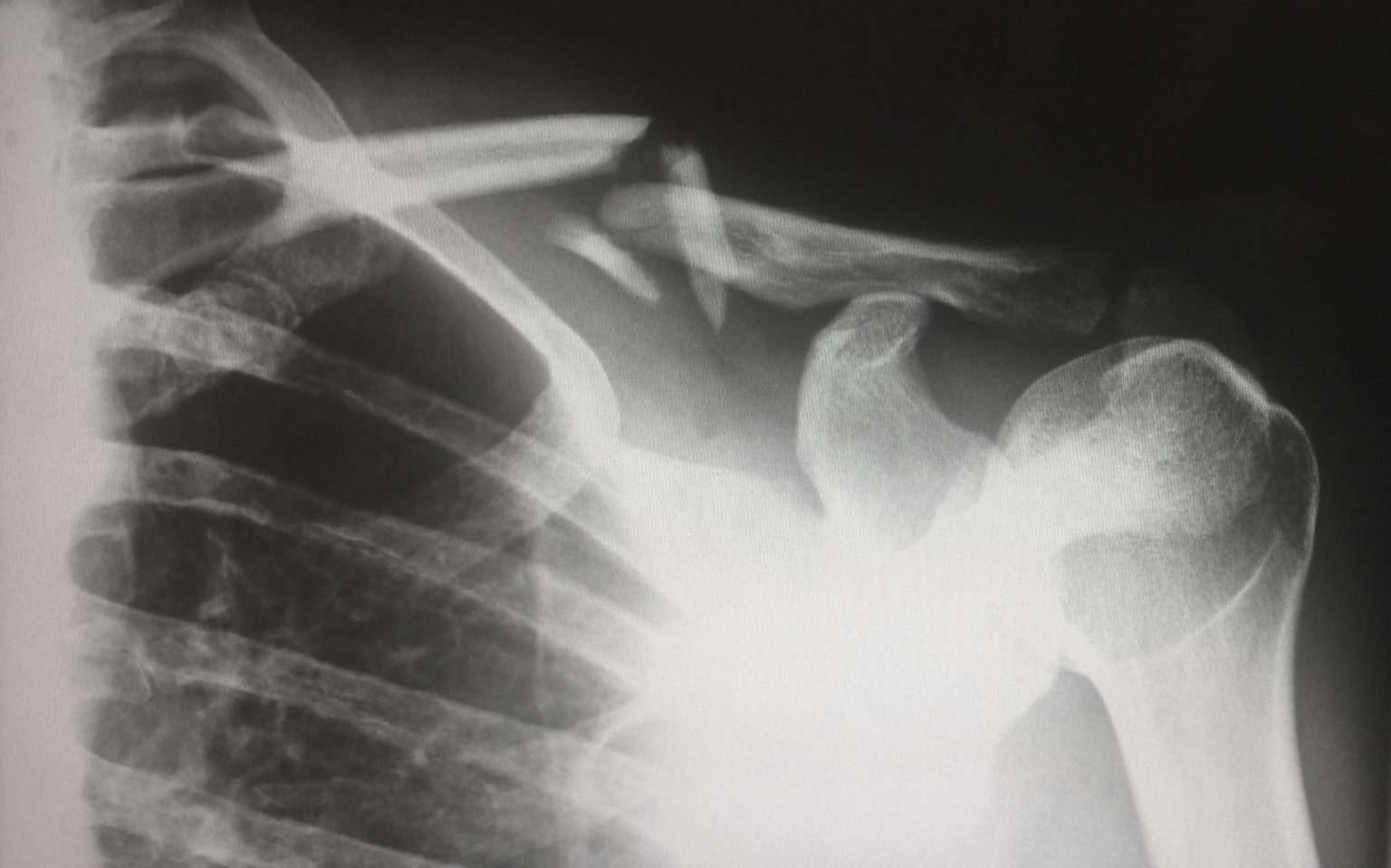
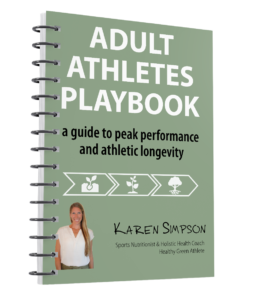
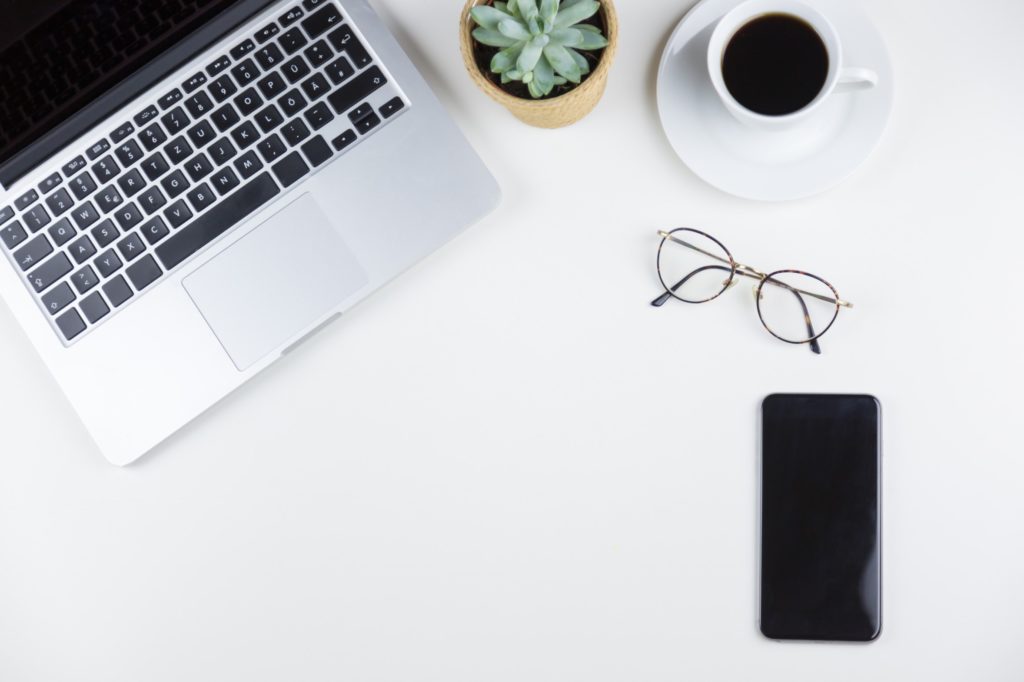
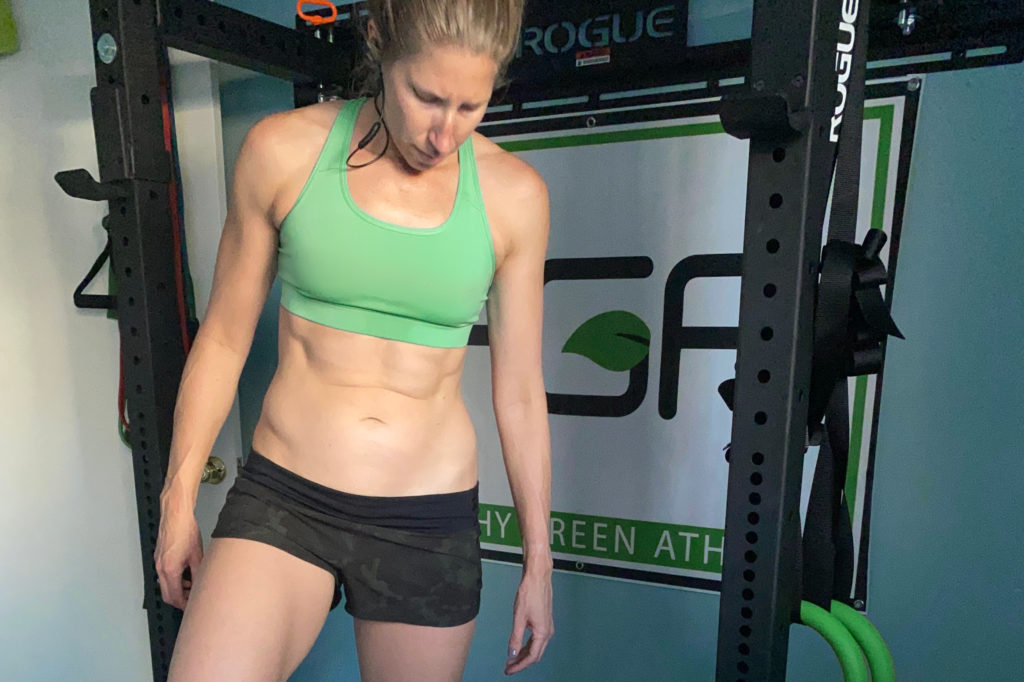

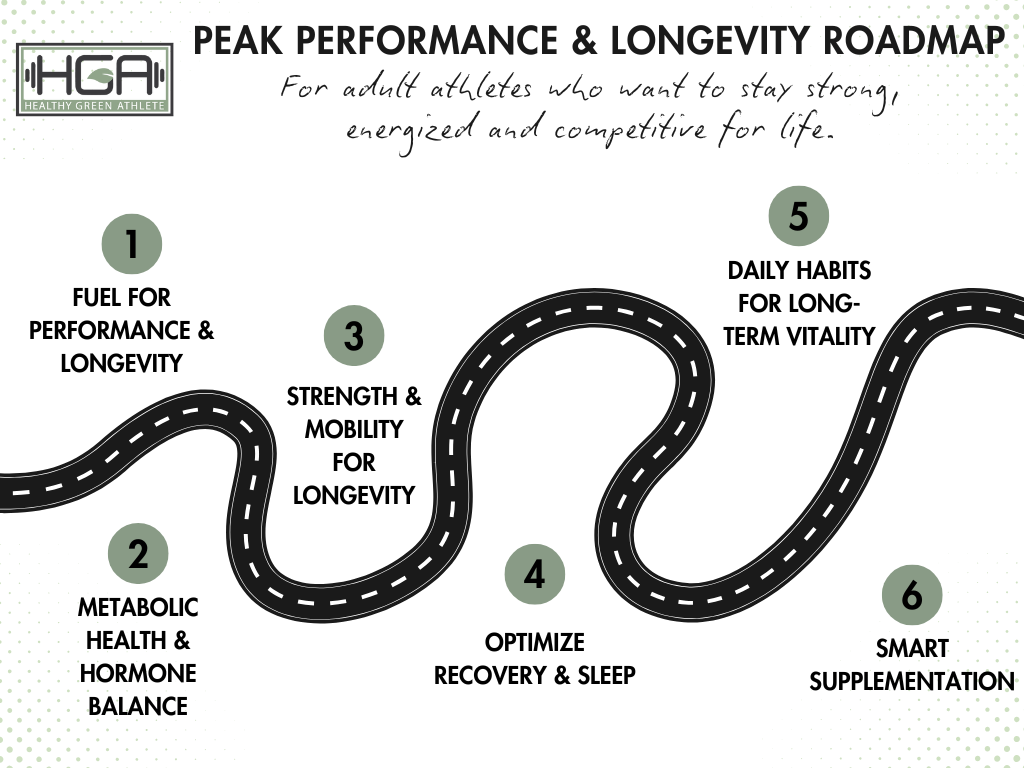

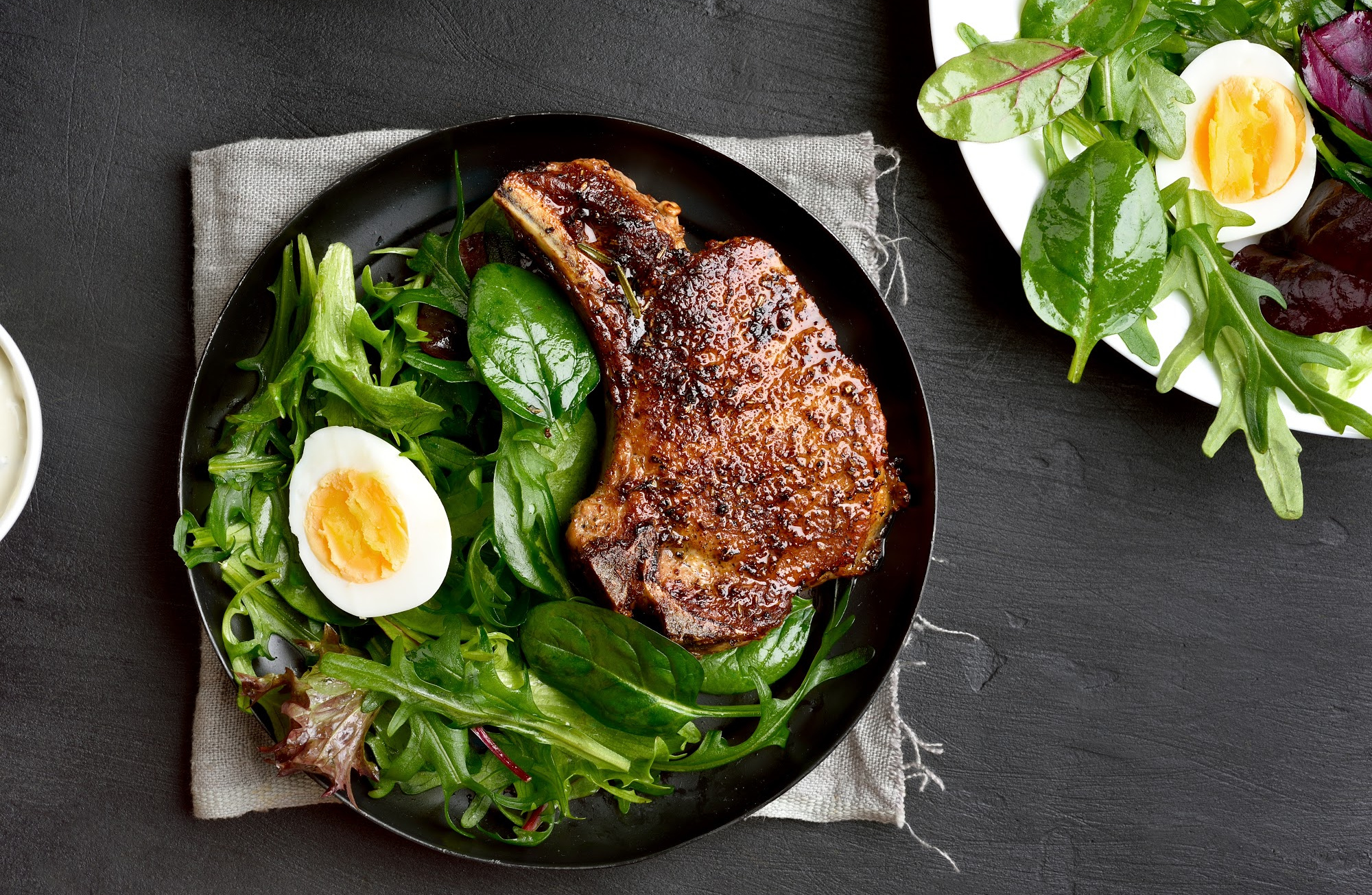
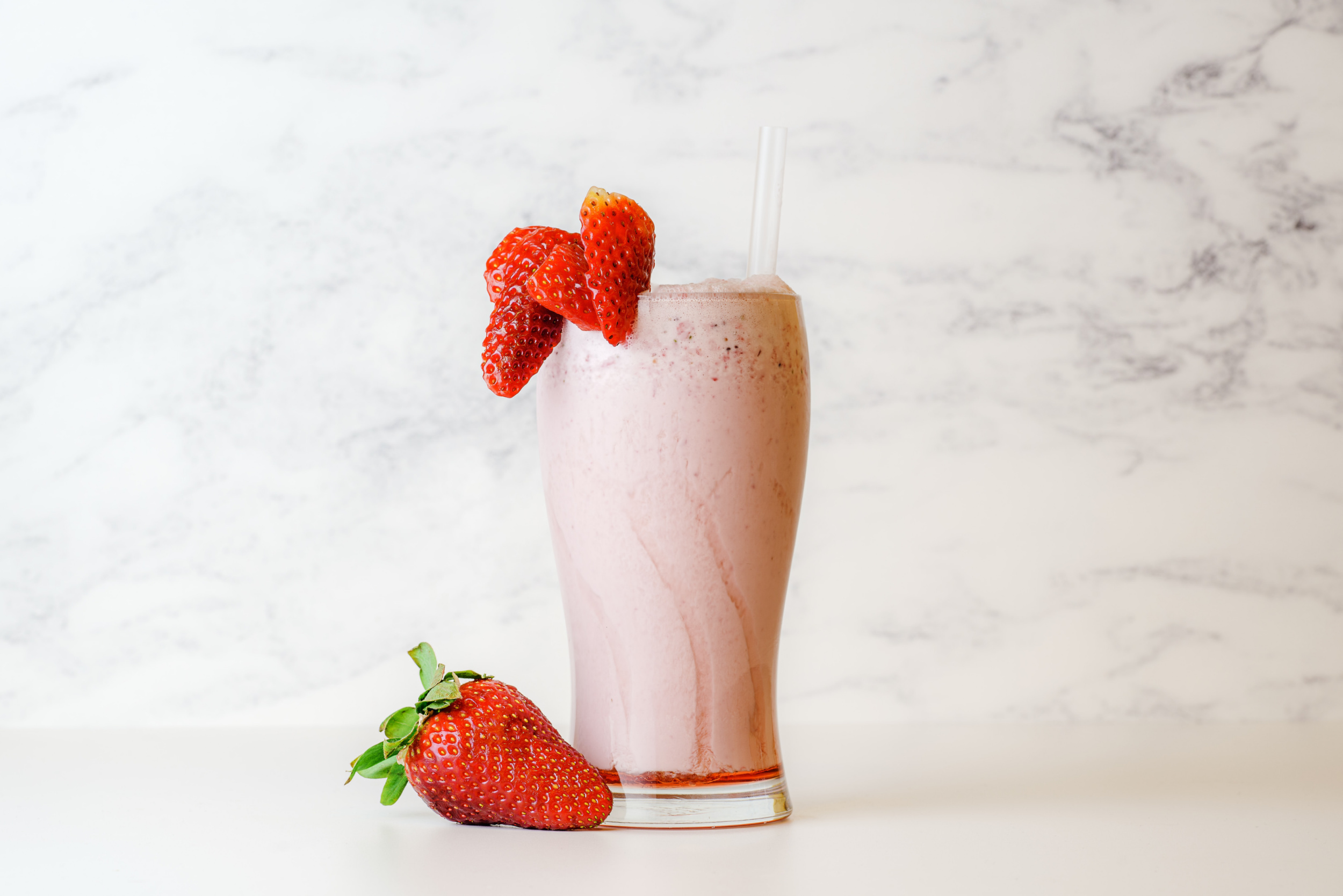
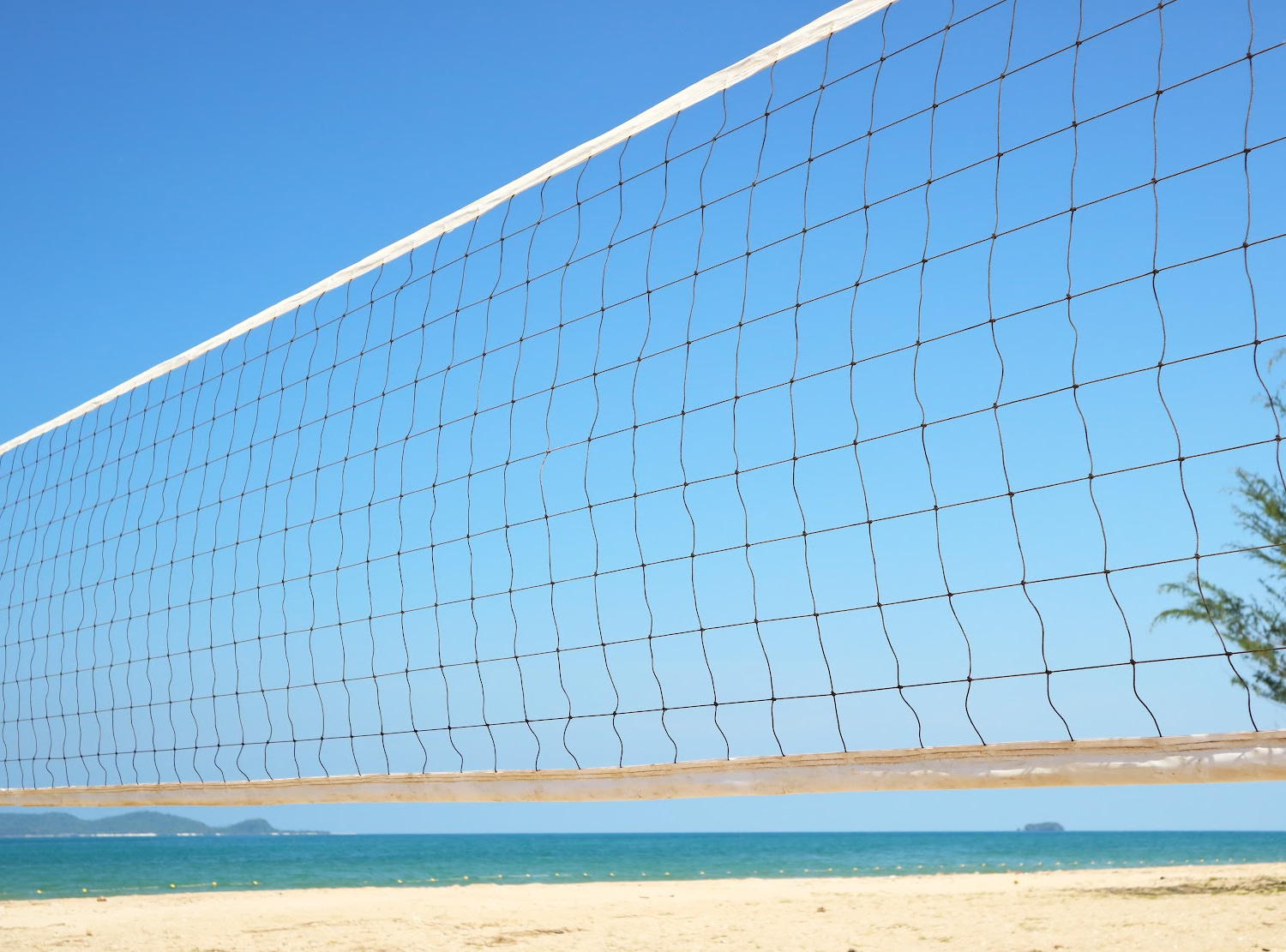
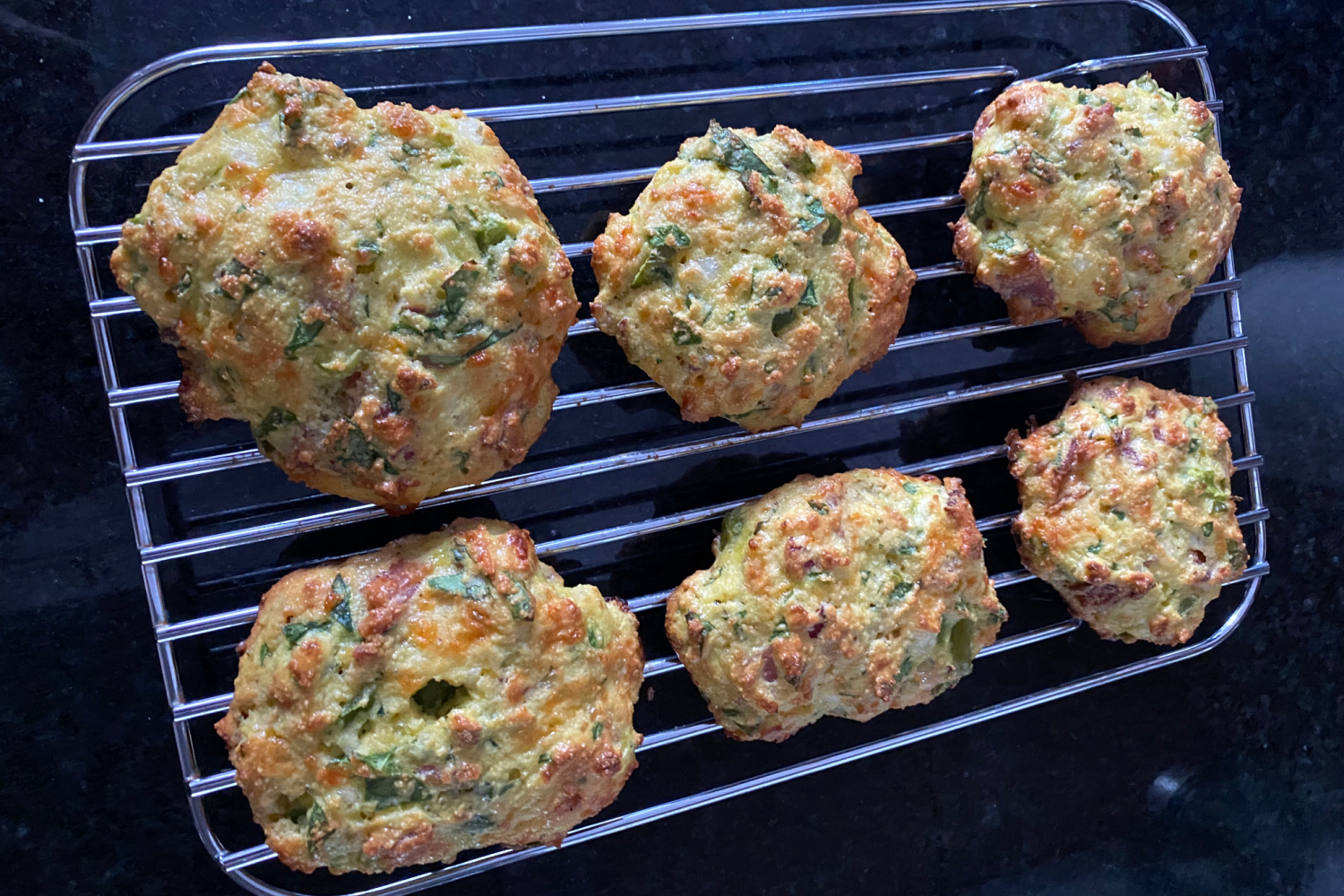
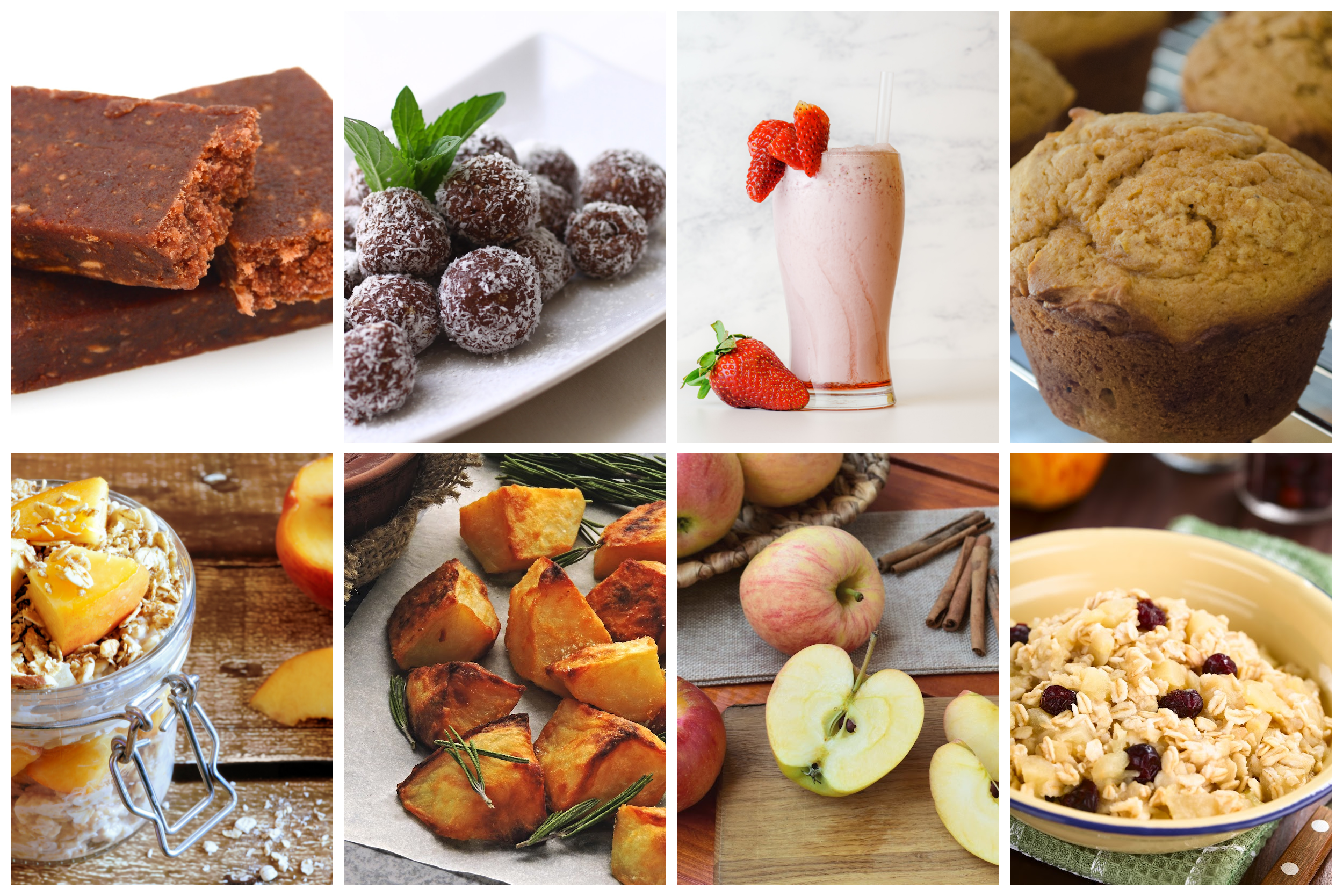
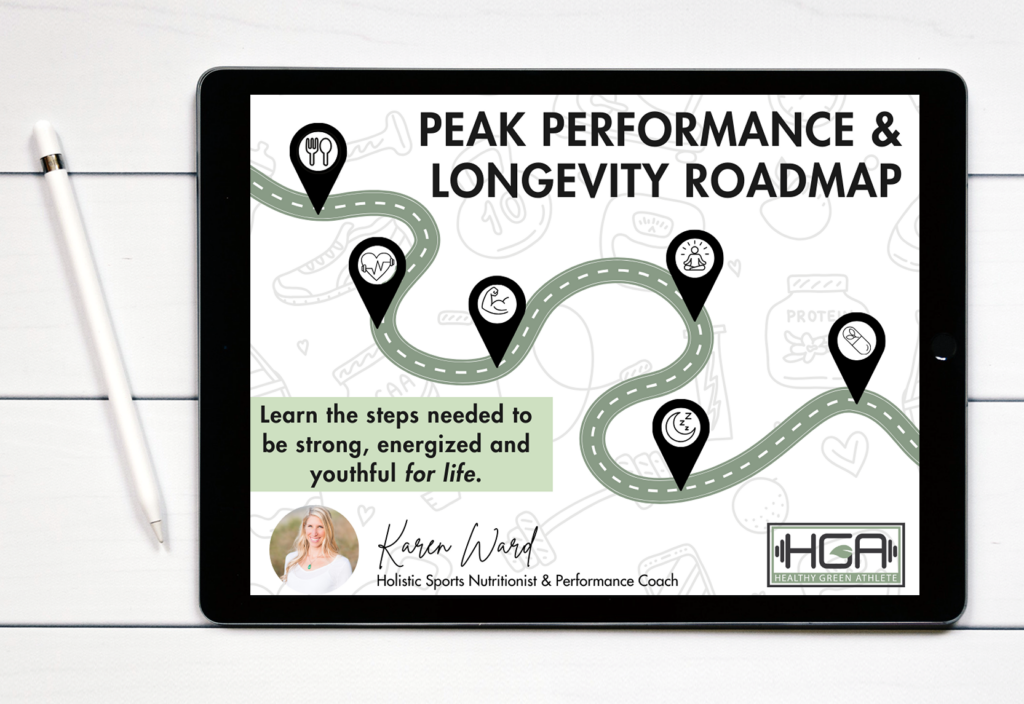
One Comment
Pingback: